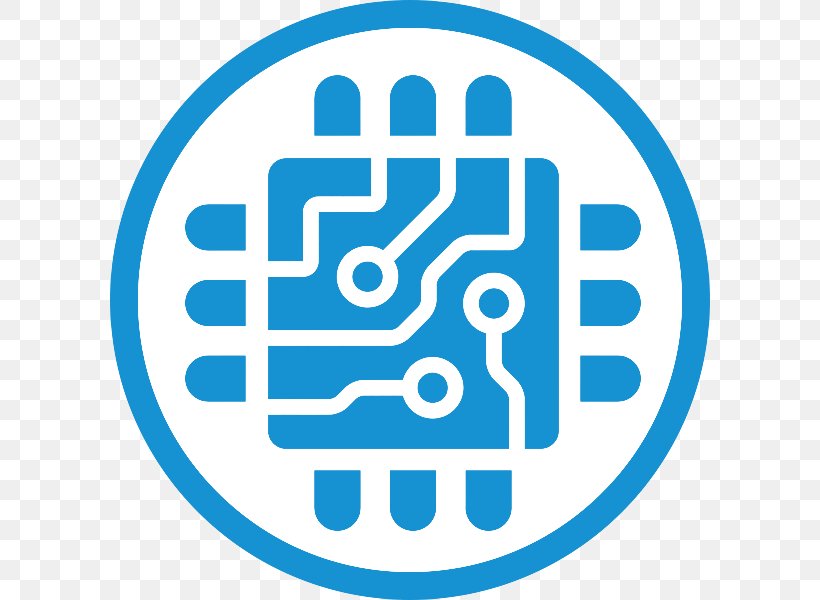That’s going to take a lot of engineering investment and I really, really hope they understand this and pull it off.
- 0 Posts
- 168 Comments

 4810·24 days ago
4810·24 days agoLet’s maybe not bring fash comics to Lemmy…

 41·1 month ago
41·1 month agoThere’s an MV3 version of uBlock Origin, but it’s kind of sparse. I switched to Adguard and it works just fine.

 2·2 months ago
2·2 months agoC’est un des rares instruments tradables pas régulés. Du coup, ouais, ça continue de se trader, et tant qu’il y a encore du monde pour continuer d’acheter, même un peu plus cher qu’hier, il y a du monde pour continuer de vendre.

 1·2 months ago
1·2 months agoAh, that Techlicious link is a great find, thanks. It does lay out clearly what the theoretical concern is. That’s still a far cry from the “Google will start fingerprintint you” scenario that seems to have people up in arms.
Thanks for digging out this link, I really appreciate it.

 3·2 months ago
3·2 months agoThanks – that’s an announcement about policy updates. I already read it and it says nothing about fingerprinting. The only change to underlying technologies it mentions is the use of e.g. trusted execution environments (the doc for which, per a further link, is in fact on github). Those seem to claim that they let announcers run ad campaigns through Google ads while keeping their campaign data provably locked away from Google. So, basically, all these links are about purported “privacy-enhancing” techs, and you’d be forgiven for taking that with an enormous grain of salt, but either way, nothing in there about fingerprinting.
The Guardian article basically paraphrases the Tuta one – or it’s the other way around, maybe – but does also not provide actual sources.
I just want a source on what fingerprinting Tuta is claiming Google will start using. I feel like the details of the purported fingerprinting techniques should be front and center to this discussion and I’m frustrated that the article entirely fails to provide that info.

 4·2 months ago
4·2 months agoI’m aware of fingerprinting techniques, thank you. The article is claiming that Google will start using some of those and I’m looking for the source for that claim, hopefully with specifics about which techniques are involved. Confusingly, the article does not appear to provide such a source.

 122·2 months ago
122·2 months agoYou’d THINK the article would link to a source about the fingerprinting in question instead of 90% filler slop and ads for their own service… Anyone got a link?
Chat, I don’t feel this guy gets it.
(❤️)
(By which I mean, of course you could, same as you could replace any pronoun with one or several nouns, that being the entire deal with pro-nouns. We could but pronouns save us from having to do that.)

 4·2 months ago
4·2 months agoOr the Dodgy. I’m partial to that one.
My fav neopronoun by far:
Chat.

 3·2 months ago
3·2 months agoThat, now, is indeed a genuine issue. Trump has stated that his end game is annexation, and experience has shown that when he sounds like he’s got a bee in his bonnet about something, however bonkers, he’s actually serious about it. So I’m not seeing him stop the aggression on Canada.

 33·2 months ago
33·2 months agowhich I’m sure we did somehow
Trudeau sold him measures that Canada had already voted on. See this post from the end of last year. https://www.canada.ca/en/public-safety-canada/news/2024/12/the-government-of-canadas-border-plan-significant-investments-to-strengthen-border-security-and-our-immigration-system.html
Trudeau “caved” by giving Trump essentially zilch, apparently assuming – perhaps not incorrectly – that Trump would be that easily swindled.

 4·2 months ago
4·2 months agoUGears! \o/ Love their stuff. The designs are super clever, the models usually gorgeous, and surprisingly inexpensive too.

 31·2 months ago
31·2 months agoNope? They (Colombia) got exactly what they wanted as far as In understand. Trump caved, the flights will have to follow the conditions dictated by Colombia. It’s telling that the press is selling this as a Trump win.
For doing actual music production, yeah, switching to Windows is an option you need to consider, annoyingly.
Reaper is powerful, but getting it set up right can be an adventure. I’ve had better luck with Bitwig. Bitwig also happens to support Pipewire out of the box. This will relieve you from having to deal with JACK.
If you’re going to be dealing with JACK, then you may want to look into Cadence from the KXStudio project. It will help you set up JACK in such a way that, for instance, PulseAudio (if you have not switched to Pipewire yet) will route its output through JACK, allowing you to hear YouTube as expected.
In all cases, I would very much avoid using ALSA directly for sound input/output. (Using it for MIDI is sometimes fine.)
So, in short, I’d start with installing Pipewire and checking out the Bitwig demo, and if that doesn’t work for you, install Cadence and use it to manage JACK.

 17·4 months ago
17·4 months agoI had missed that. Wild.
Oglaf is a comic with an absurd and on occasion borderline gross sense of humor (and a loooot of dicks and cooches, so don’t look it up at work). That’s pretty much all there is to explain.

 3·5 months ago
3·5 months agoIt… depends. There is some great tooling for Python – this was less true only a few years ago, mind you – but the landscape is very much in flux, and usage of the modern stuff is not yet widespread. And a lot of the legacy stuff has a whole host of pitfalls.
Things are broadly progressing in the right direction, and I’d say I’m cautiously optimistic, although if you have to deal with anything related to conda then for the time being: good luck, and sorry.



I am in mad love with this Darmok-ass comment.